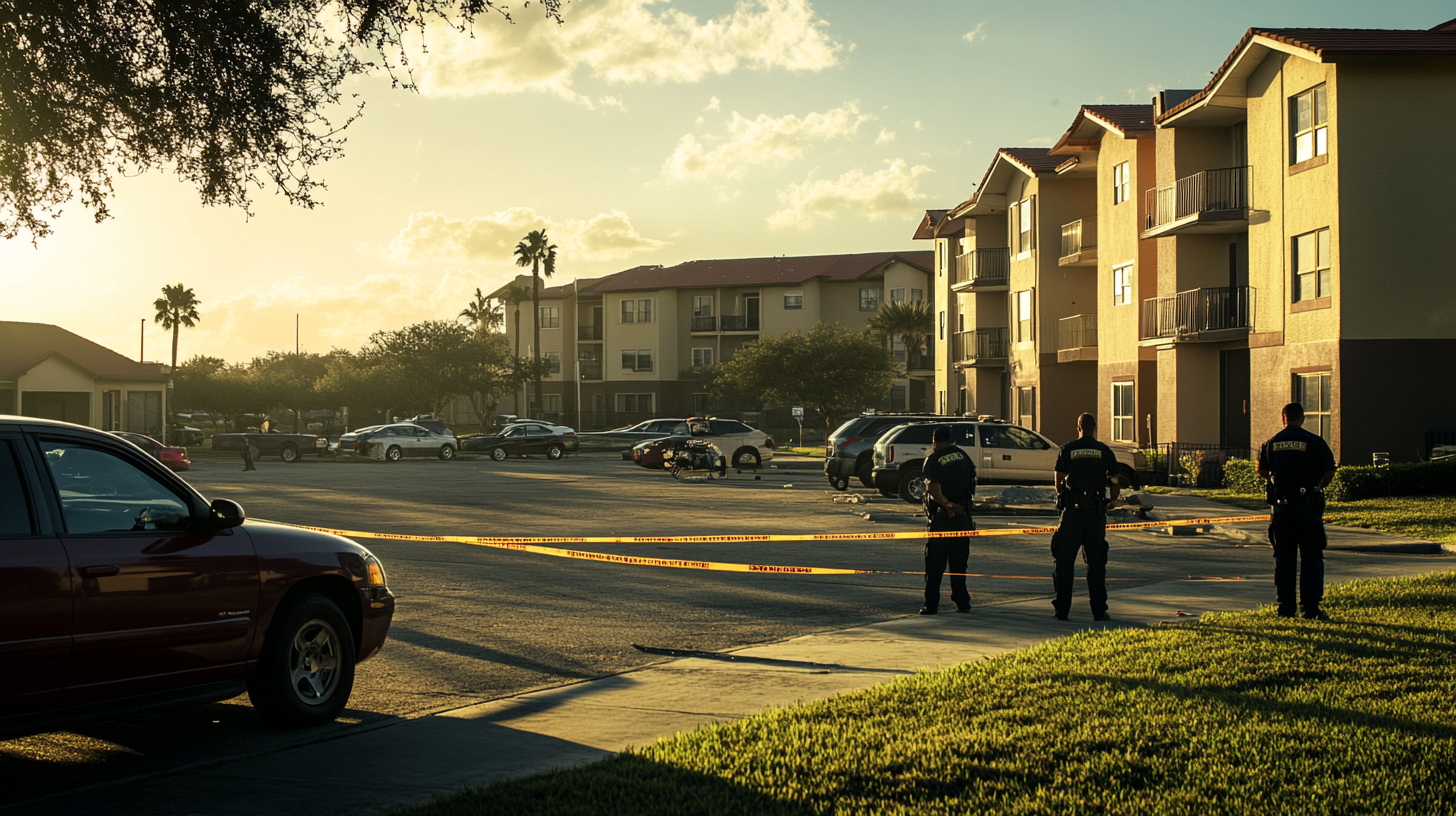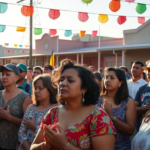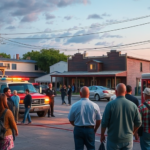Chronic Health Problems Amplify Heat Risk in the Rio Grande Valley
In a sobering reminder of the potentially fatal confluence of climate change and health vulnerabilities, the deaths of three family members in Brownsville, Texas, shed light on the challenges facing residents of the Rio Grande Valley (RGV). Joaquin Galvan, 82, his sister Maria Trinidad Galvan, 78, and his daughter Maria Ester Singh, 60, succumbed in their apartment where their chronic health conditions, exacerbated by extreme heat, proved fatal. This tragic incident underscores a growing community interest in the Valley regarding climate resilience and public health.
Unbearable Conditions and Fatal Outcomes
The family was found in their home at the Conquistador Apartments, a property characterized by central air conditioning and shaded walkways, yet the temperature inside had soared to an unbearable 88°F due to a reportedly malfunctioning air conditioner. Despite the availability of multiple floor fans, they were inadequate in mitigating the oppressive heat, especially for individuals with underlying health issues such as diabetes and heart failure.
The Galvans represent a broader vulnerability prevalent among many elderly residents in the RGV, where social isolation and a lack of preparedness for climate impacts make managing chronic conditions increasingly precarious. Local healthcare experts note that the situation isn’t isolated but indicative of a larger trend where heat exacerbates chronic health problems.
Socioeconomic Challenges and Barriers to Cooling Access
Economics plays a crucial role in the ability of Valley residents to withstand extreme heat. With starting rents at Conquistador Apartments set at $699 for a one-bedroom and $879 for a two-bedroom, the financial burden can be substantial, potentially limiting the use of air conditioning due to high electricity costs. This reality poses significant risks during heatwaves, often experienced in this South Texas region, which records some of the highest summer temperatures in the United States.
Dr. Ivan Melendez, health authority for Hidalgo County, emphasized the “perfect storm” created by a convergence of factors. “In the Valley, we face high temperatures and high rates of chronic health issues like diabetes. Combined with poverty, it’s a recipe for disaster during heatwaves,” he explained.
The Rio Grande Valley’s Alarmingly High Health Risks
The RGV has one of the highest national rates of diabetes, coupled with increasingly severe temperatures attributed to climate change. This combination creates heightened risks for Valley residents, especially with predictions of more frequent and intense heatwaves in the future.
Despite these challenges, local authorities have yet to fully map vulnerable populations or establish comprehensive measures to mitigate heat-related risks. Existing initiatives, such as cooling centers and public alerts, remain underpublicized and insufficient. Dr. James Castillo, the health authority for Cameron County, noted, “Many of our residents live in poverty and lack adequate healthcare access, making it difficult to effectively manage chronic health issues during extreme weather.”
Calls to Integrate Climate Resilience Into Local Planning
The absence of a coordinated response underscores the need to incorporate climate resilience into emergency management strategies. Experts and community members advocate for targeted efforts, especially for the elderly who often face social isolation and are at heightened risk during such climate-related disasters. Danielle Arigoni, an urban planner and author, asserted, “Our older adults deserve better. We need to see systemic changes that include them in climate and disaster planning.”
Echoing this sentiment, Jeff Goodell, a journalist and climate change expert, described the deaths in Brownsville as “completely preventable,” pointing to the lack of prioritized heat risk management at local and state levels. “It’s a failure in recognizing the severe impact of extreme heat on our most vulnerable populations,” he added.
Looking Ahead: A Call to Action for the Community
To avert similar tragedies, it is imperative that local authorities and the community collaborate to identify and support vulnerable groups. Establishing comprehensive mapping of at-risk populations, improving public awareness of heat risks, and expanding access to cooling centers should be prioritized. Resources must be mobilized to strengthen healthcare infrastructure and ensure it adequately meets the needs of residents with chronic health conditions.
Community engagement is essential in devising effective strategies to mitigate the socio-economic and health impacts of climate change. It is crucial for RGV residents, local leaders, and policymakers to unite in shaping a resilient response to the evolving environmental challenges facing the region.
For more information about community resources and ongoing updates on climate resilience measures in the Valley, residents are encouraged to reach out to local health departments and stay informed through public alerts issued by regional authorities.







